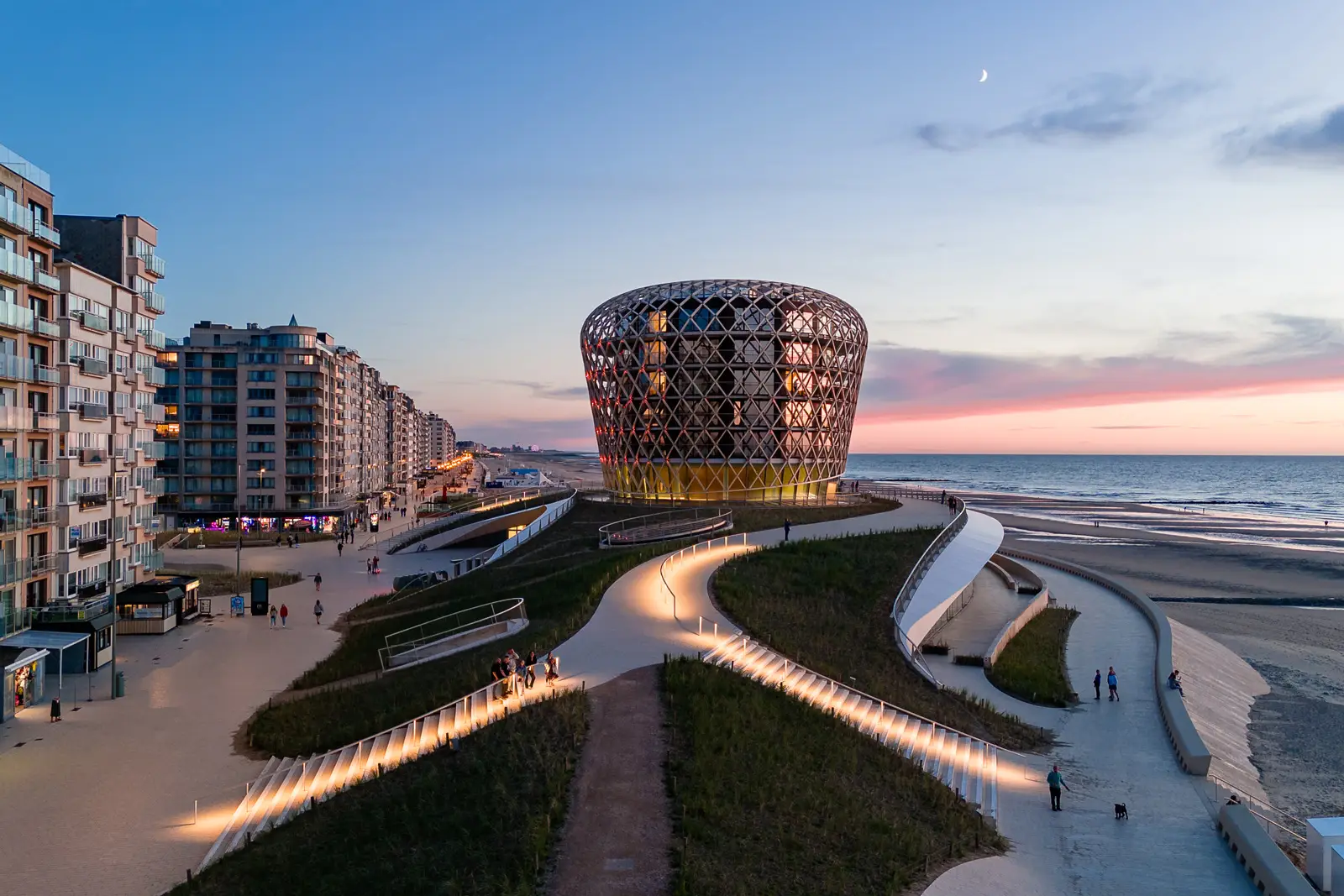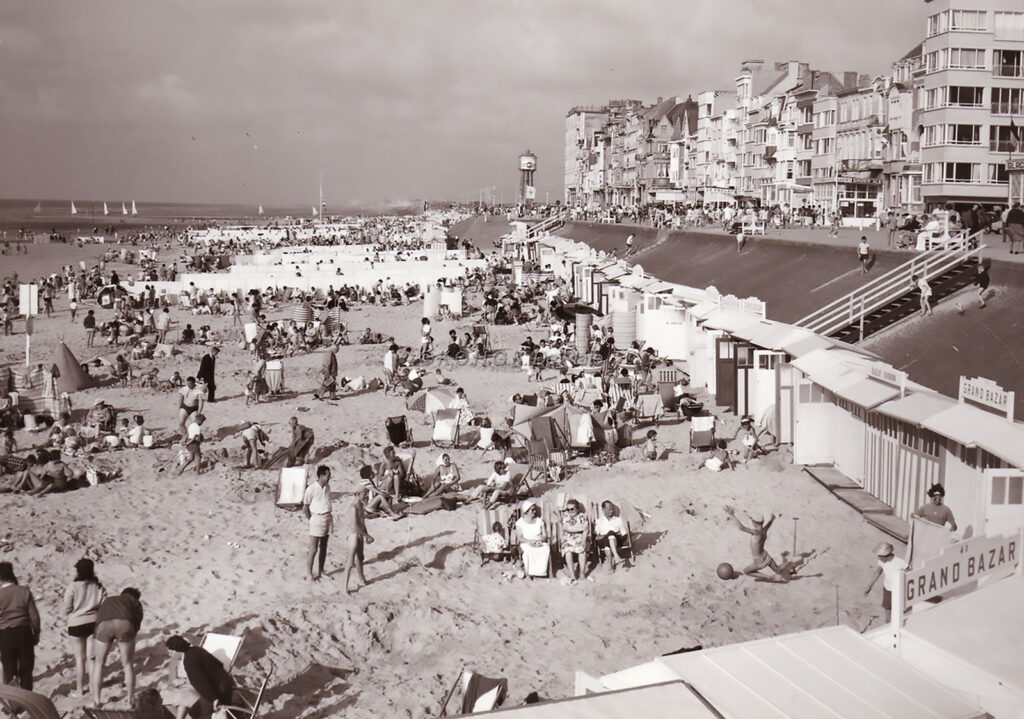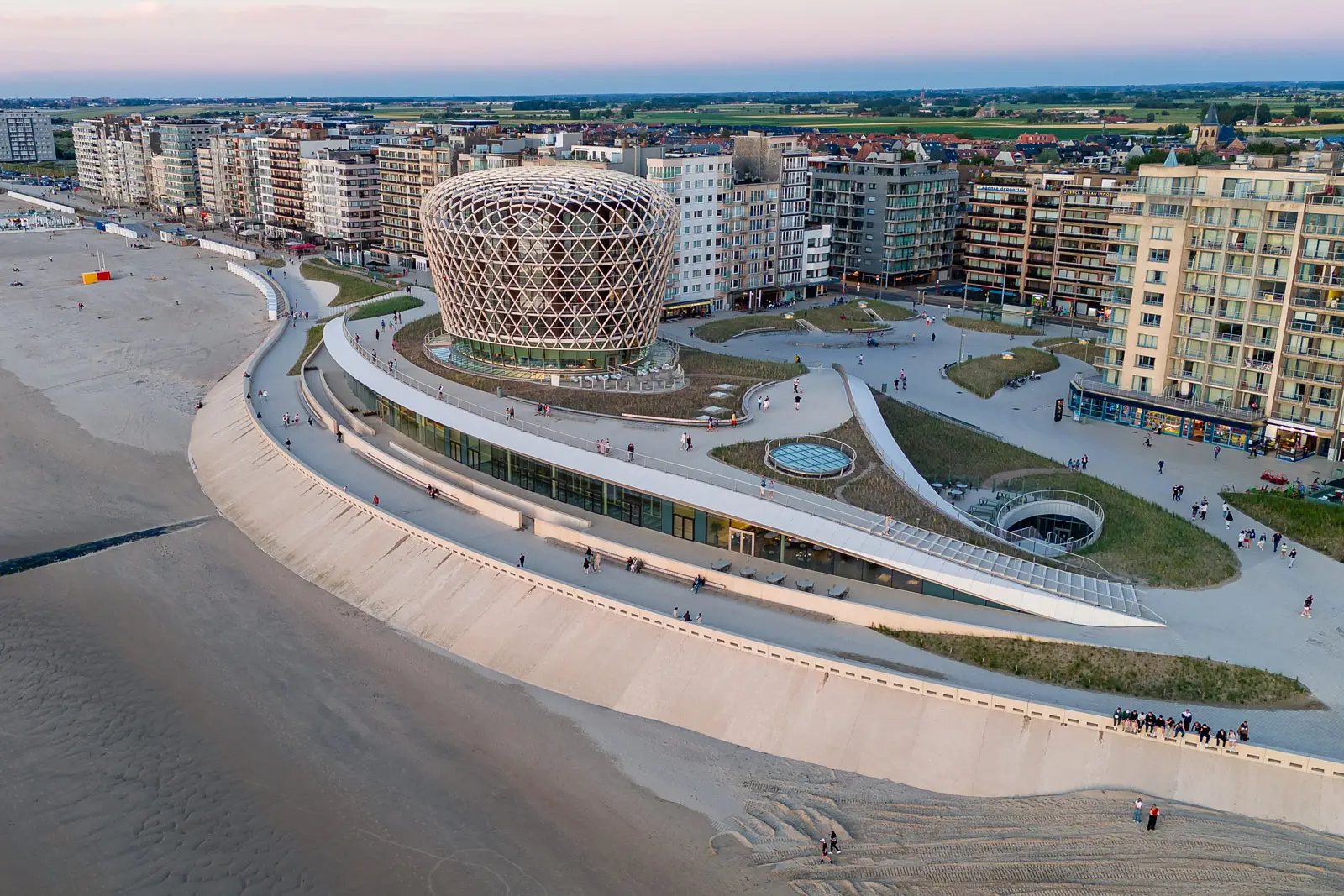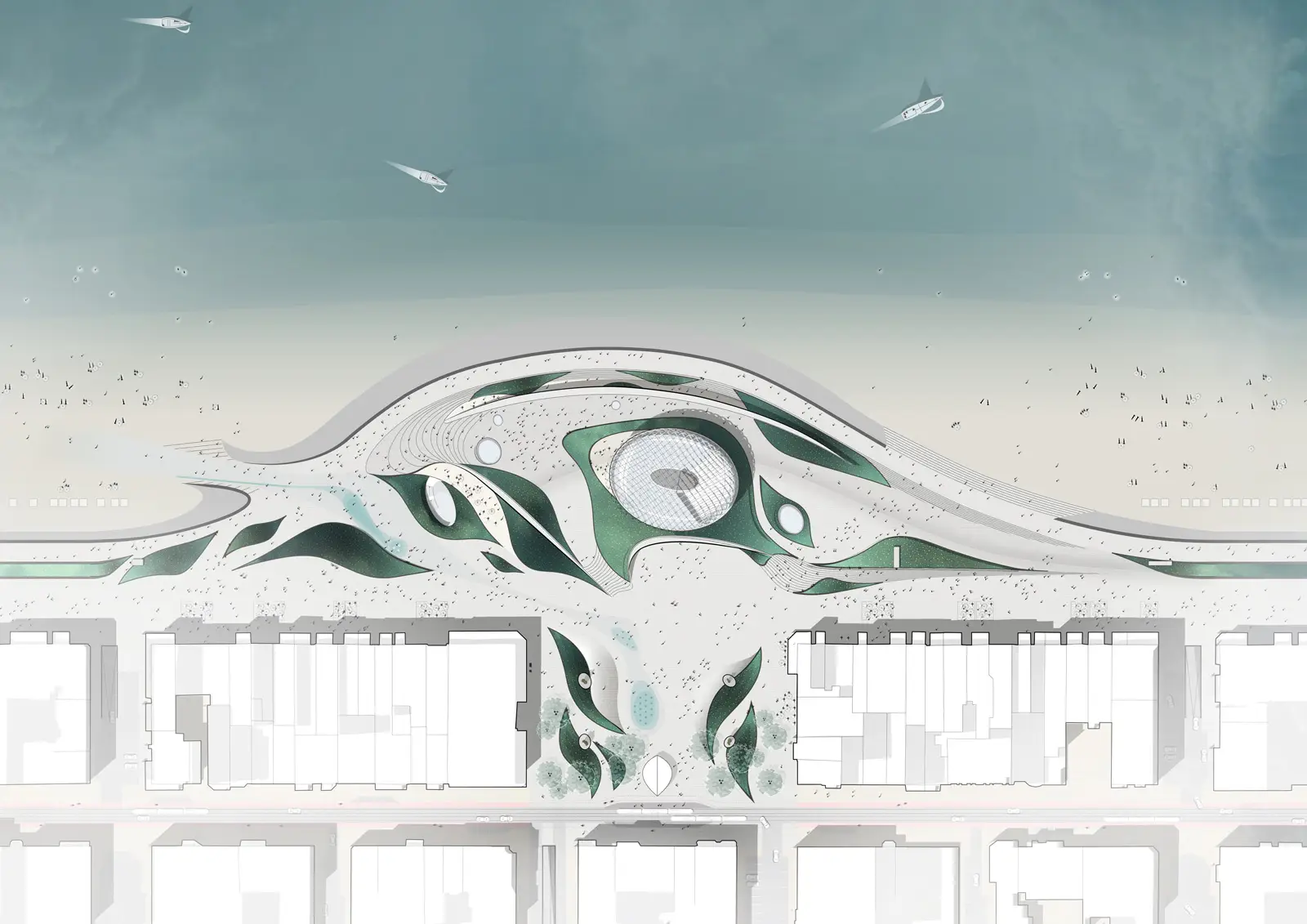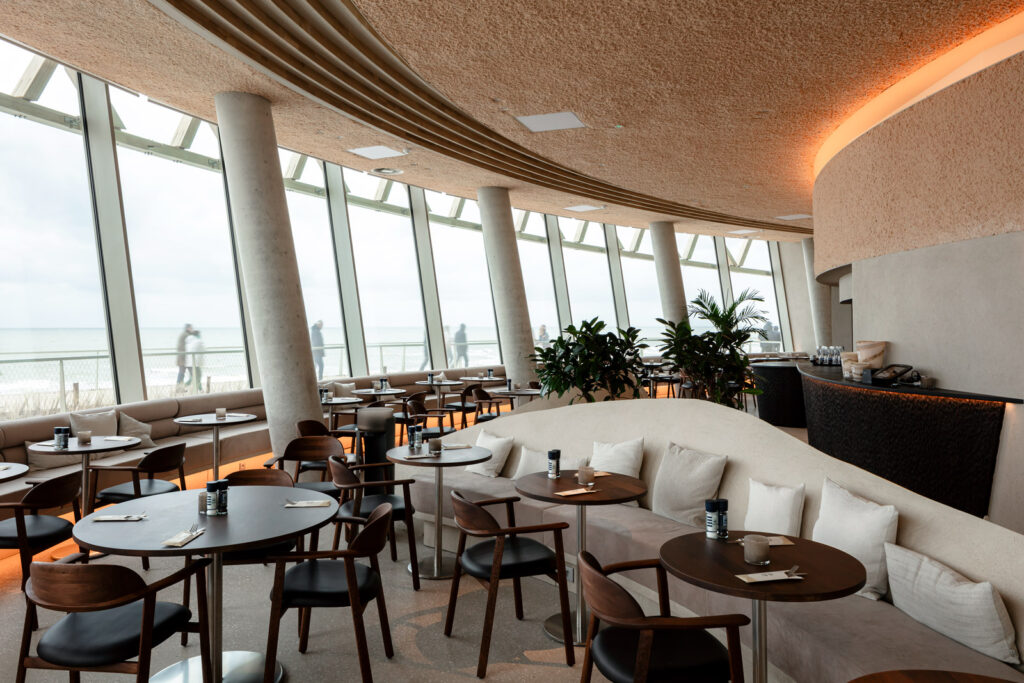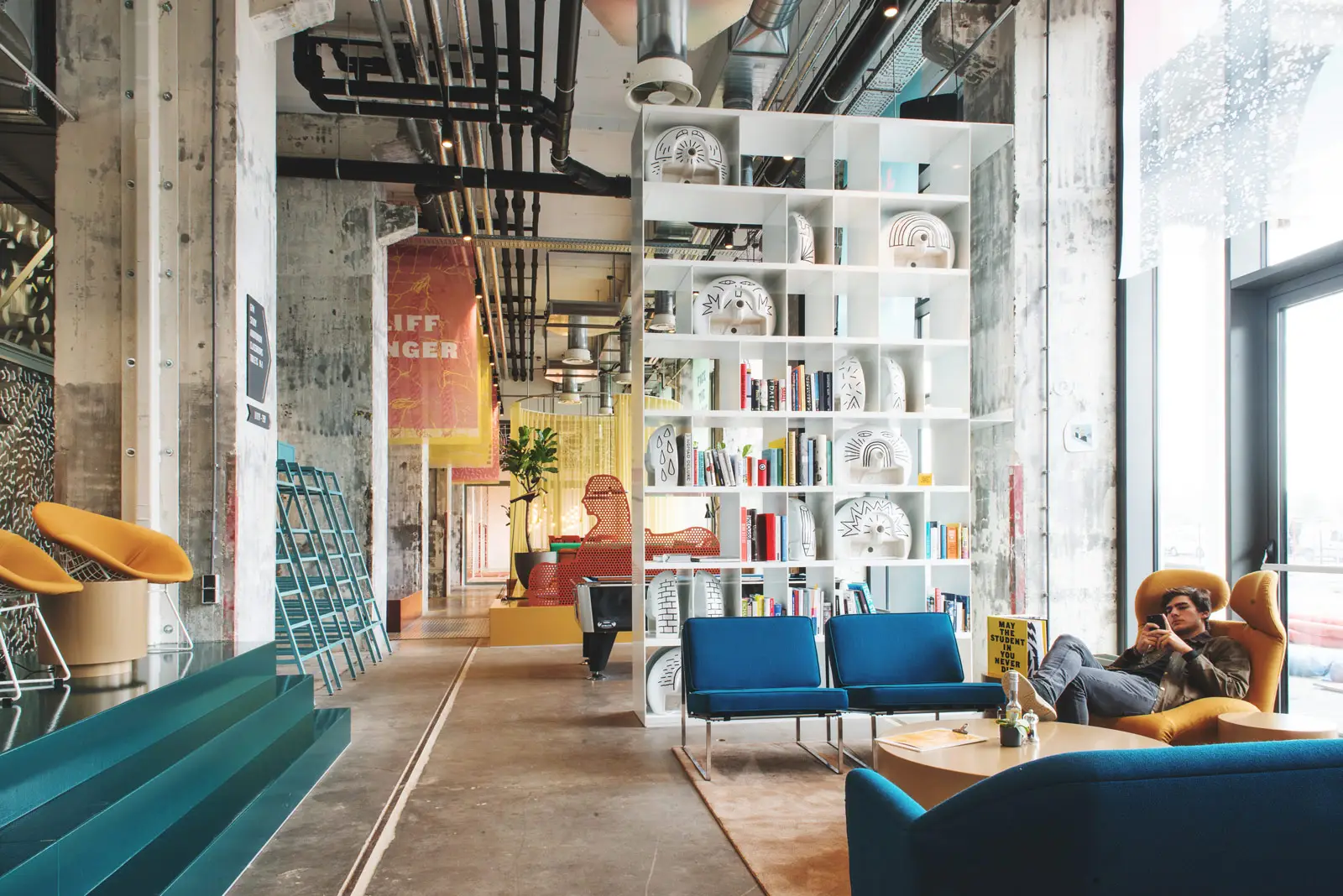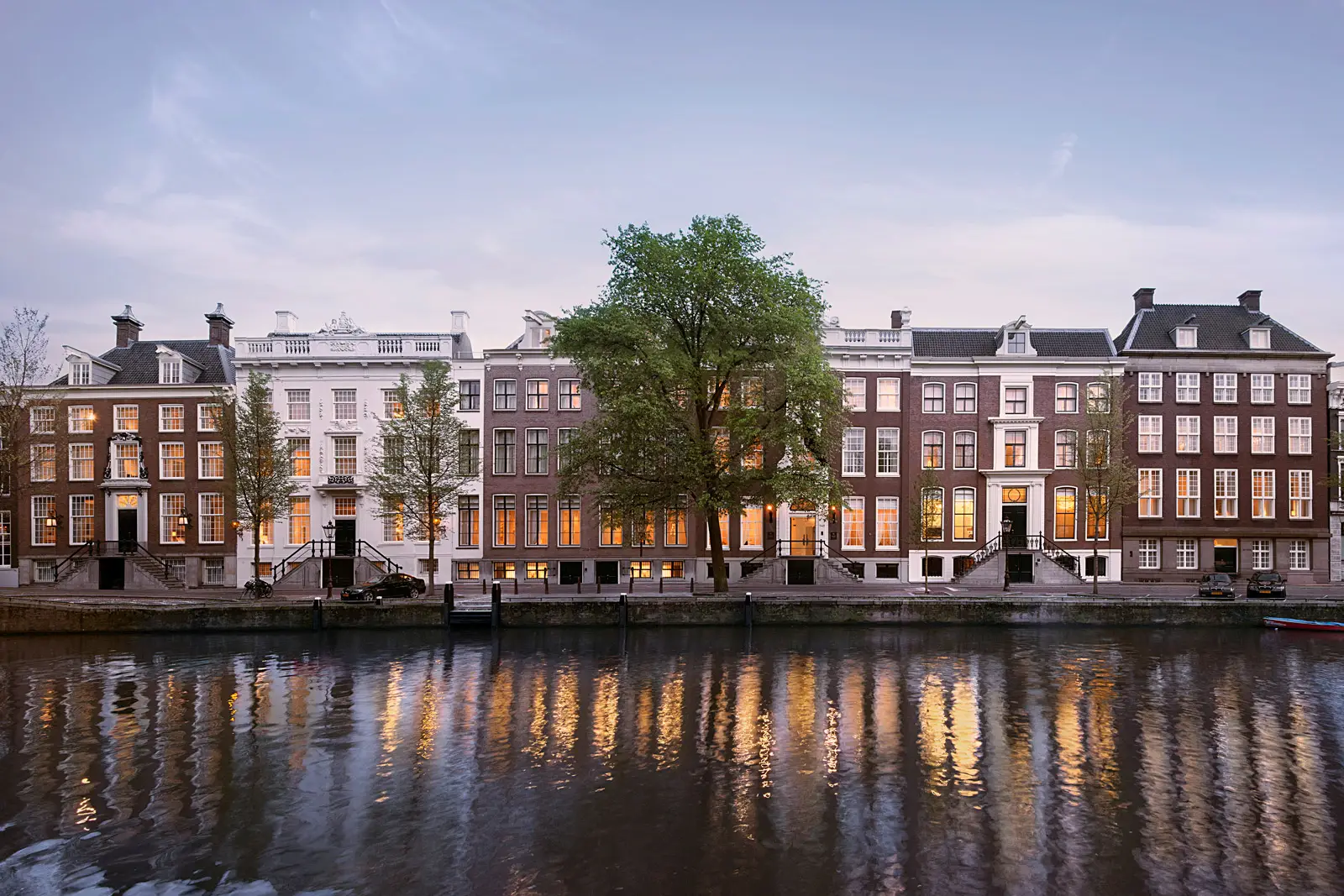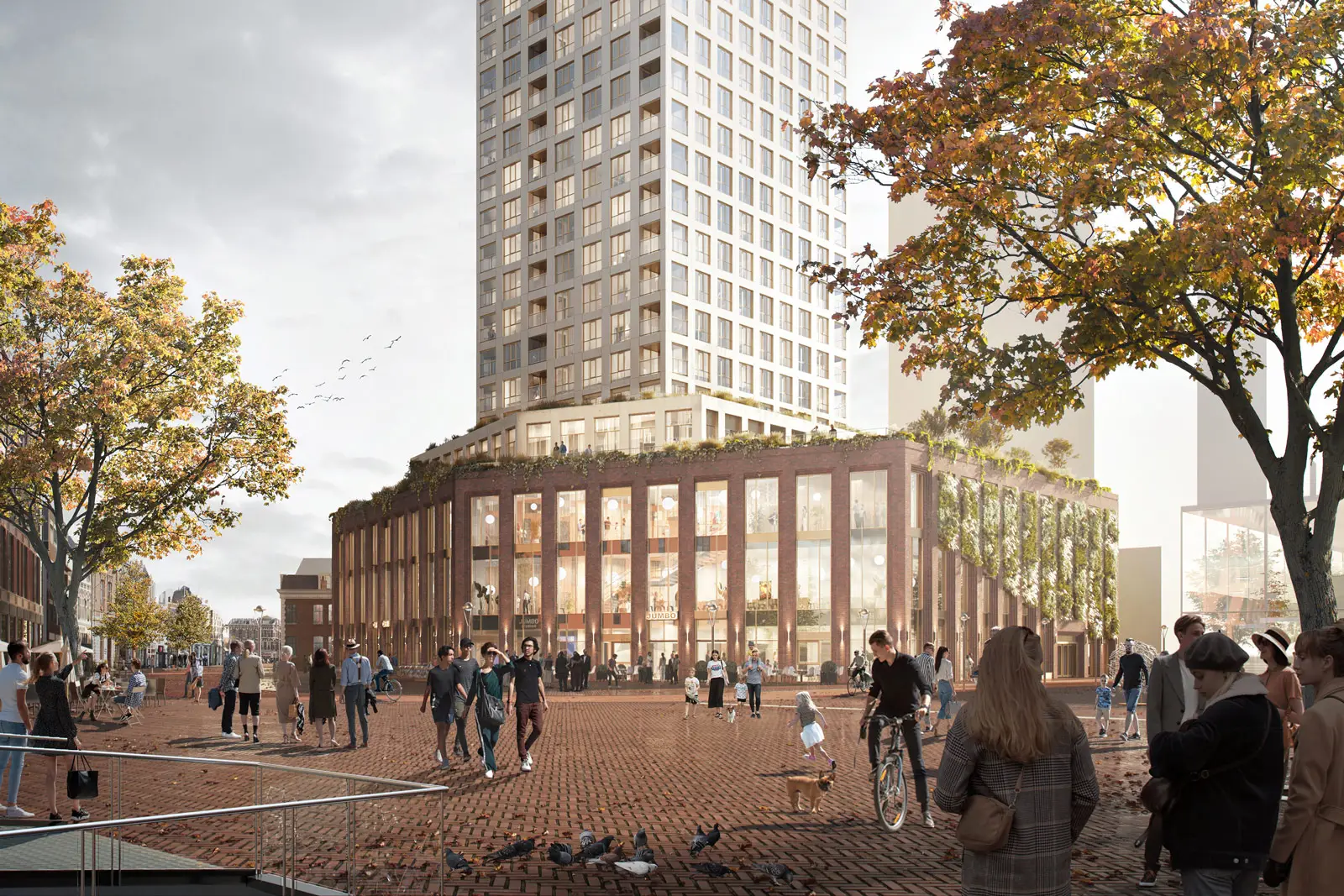This project marks the evolution entertainment buildings. Evolving from neoclassical palaces into modern concrete boxes, we transformed an entertainment building into a unique dune landscape.
Middelkerke, a small coastal town in Belgium, has a form of rawness within its beauty. The coast is completely petrified and built up. When a new casino was requested for Middelkerke, We, together with other architects, approached this assignment from the landscape. The most important quality of this integral design is that it rediscovers and reinvents the dune landscape for the Belgian coastal town. On the one hand, the powerful round shape, with its striking facade of wooden wickerwork, places a new identity on the shoulders of a series of predecessors – it refers to the very first casino in 1891, which was made of wood.
With SILT we present a new typology of entertainment building that creates a unique dune landscape. A design that seamlessly connects the building with its surrounding landscape. As seaside towns covered the seashore with vast housing structures and infrastructure, the city of Middelkerke wants to make a radical change.
An iconic entertainment building will enrich Middelkerke in Belgium by being integrated in the landscape in a way that rewrites the historic relationship of the coastal town with the sea at the well-known Epernay square. With this project our coast will be enriched with a new architectural anchor. It transmits strength and soberness as well as sophistication, with a lot of love for the sea and the dunes. In addition, this project may also be the beginning of the renewal of Middelkerke’s town centre as an appealing place to live and visit.
We perceive the construction of a new building as an opportunity to ameliorate flood risk management (by dike reinforcement), enhance public space quality, making the seawall car-free and connecting the Epernay square to the sea. The uniqueness of this design is that the building is turned inside out and integrated into a multifaceted project situated in a public dune landscape. It transforms the seawall into a unique destination for encounter, play, culture, and entertainment along the Belgian Coast. The story of the town’s origin was the inspiration for the design. Middelkerke originated on the island of Testerep. It was able to grow into an abundant fishing village through the natural protection of a dune and a direct connection to the North Sea via a natural canal.
The construction of SILT will function as a tool to renew this historic coastal landscape and give it a contemporary purpose as the building’s program nestles itself in the landscape. Situated under the dune landscape an event hall, restaurant and casino surprisingly reveal itself behind a transparent glazed facade. This offers spectacular views over the beach and the sea. As this building is an eye-catcher, it displays a strength, soberness, and refinement characteristic of the Flemish coastal landscape. Its form is simple, yet enigmatic, and refers to the shapes and colours of nature and of the fishing port. The hardwood voile around the hotel, just like the wood of the quays, lock gates and dolphins, will change color under the influence of weather and time. From a distance, the hotel is an inviting visual beacon, a sculpture with soft contours.
The new entertainment building will contribute to the economic renewal of the Epernay square. We changed the square entirely car-free were cyclists and pedestrians have the first right as we integrated lots of seating and clear pathways. Thanks to underground parking garage, it will remain accessible for cars. The highest point of the dune landscape in this plan offers a panorama of the North Sea and the sunset.
Whitin the building, the event hall offers space for concerts, exhibitions, and events. The restaurant has terraces overlooking the sea. The impressive foyer at the heart of the building connects all these spaces and transitions into the beach hotel. Not only during the day, but also after dark the ‘boulder’ remains an eyecatcher. The sophisticated lighting design, illuminating and emphasizing the wooden structure of the hotel, reinforces its special appearance.
Sustainability is of primary concern in the proposed design. We considered finite energy resources carefully by avoiding waste in the first place, and by using recycled materials as well as applying more efficient production processes. We considered environmental criteria as important as functionality, aesthetics, ergonomics, safety and economic value. A good example of energy efficiency in the project is the cantilevered dune on top of the ground floor and the terrasses of the hotel tower, which protrudes over the façade and creates shade during hot summer months, which in combination with night-time cooling will significantly reduce the need for active cooling.
PROJECT DATA
Client:
Municipality of Middelkerke
Program:
Casino, hotel, restaurant,
event/exposition hall
Status:
Completion 2024
In collaboration with:
Ciril, ZJA, DELVA,
Furnibo and Democo,
COBE, VK Engineering,
Beersnielsen, Witteveen+Bos,
Plantec, MINT, Sertius
Team:
Martin de Jong, Nikola Todorovic,
Wouter Zaaijer
Photography:
Stefan Steenkiste
Sebastian van Damme

